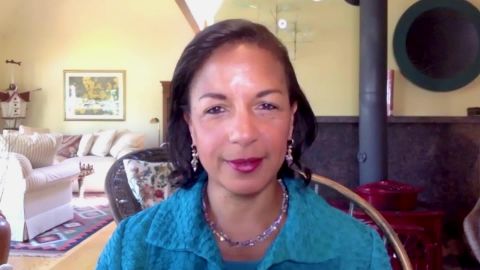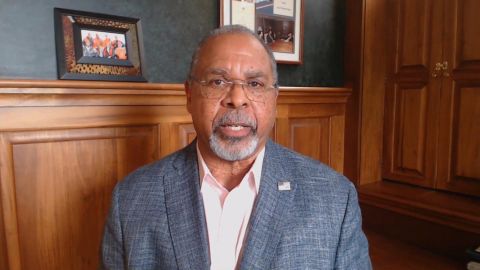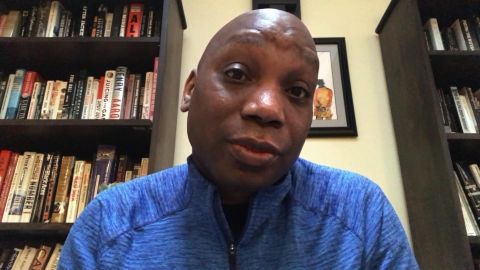Read Transcript EXPAND
CHRISTIANE AMANPOUR: Where do you think the voters who you study, the evangelicals, where do you think they’re going this time around, compared to last time?
ROBERT P. JONES, AUTHOR, “WHITE TOO LONG”: All right. Well, thanks for having me. You know, I think it’s important to realize that certainly white evangelicals were sort of Trump’s base and they voted for him 81 percent, but what I think what’s maybe surprising and people haven’t quite recognize is that, it’s actually white Christians across the board, not just white evangelicals that are heavily in the south. But in 2016, for example, white evangelicals voted for him 81 percent. White mainland protestants, even the more progressive or liberal end of the white protestant world voted him 57 percent. And white Catholics voted nearly two-thirds. So, it is sort of kind of white Christians across the board in President Trump’s base that I think are supportive of him. And we’re seeing is a little bit of fracturing actually in that base. On the one hand, we’re seeing no movement to speak of among white evangelicals. So, they’re still approximately two-thirds in favor of him. But we have seen some drops, some real volatility among white mainline protestant voters and also some real volatility and even decline in favorability ratings for the president among white Catholics. Now, that group is significant for two reasons. One, Joe Biden, himself, is a white Catholic. And then, sort of tactically or strategically speaking, white Catholics and white mainline protestants are actually as big or bigger constituents in the key upper Midwest states where the election really going to be won or lost in the electoral college.
AMANPOUR: So, what are you doing? You’re painting a picture of some instability or you can’t take for granted the vote that put him over the top in to 2016?
JONES: Well, you know, I think the way you put it earlier is right. I mean, we are at this tipping point in the country, you know, and we have really passed from being a country that was a majority white and Christian, demographically speaking. Just back as recently as 2008, when Barak Obama was running for president, the country was 54 percent white and Christian. Today, that number is 44 percent. And so, you know, even if you look at evangelicals, his strongest base, you know, back four years ago, they were 17 percent of the country. Today they’re 15 percent of the country. So, even if he got every last vote from white Christian voters, I mean, in 2016, there are less of them as a proportion of the population than there were even four years ago.
About This Episode EXPAND
ESPN columnist Howard Bryant discusses this week’s unprecedented strike by top athletes in the U.S. Trump campaign adviser Ken Blackwell talks election strategy. Religious scholar Robert P. Jones discusses the role of the evangelical base in the 2020 election. Former National Security Adviser Susan Rice reflects on Russian interference in U.S. elections.
LEARN MORE



